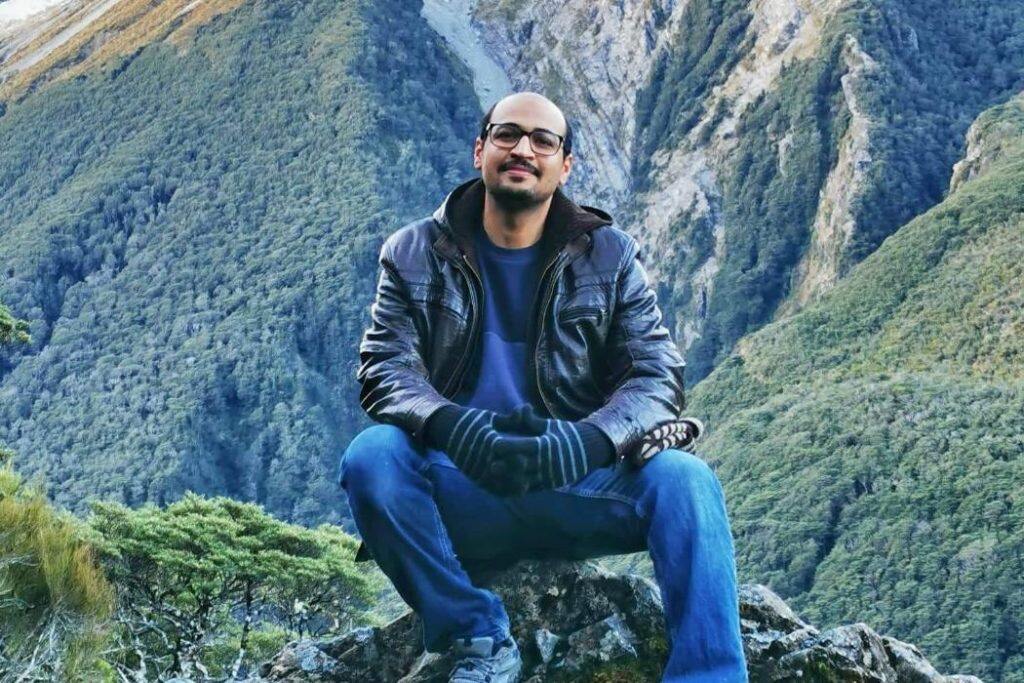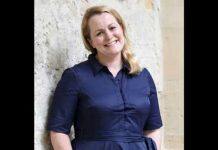Mohammed Abdelbassit published six research papers during his PhD study at the University of Canterbury, an extraordinary achievement for a student. He graduates with his doctorate in Chemistry this Friday.


With examiners commenting that “the quality of his scientific results well exceeds the standards required for the award of a PhD degree,” it’s clear that University of Canterbury (UC) doctoral graduate Mohammed Abdelbassit has a bright research future ahead of him.
During his four years at UC, Abdelbassit has focused on investigating the structure and physical properties of novel chemical compounds. This includes making new fluorescent chemical compounds that can absorb high energy light and emit it as light with a lower energy. The most common application of this is in energy-saving fluorescent and LED lamps.
During his study at UC, Abdelbassit’s research has been published in Chemistry – A European Journal, ChemPlusChem and The Journal of Physical Chemistry A, as well as the European Journal of Inorganic Chemistry.
Deborah Crittenden, of UC’s School of Physical and Chemical Sciences, worked closely with Abdelbassit and says, “Mohammed is a top-notch scientist who has done some outstanding, world-class research during his time at UC.”
“He’s already published six papers during his study, which is a pretty extraordinary achievement. Most PhD students only graduate with one or two published papers, if any!”
Abdelbassit wants to use this research to kick-start his career and hopes to gain a postdoctoral position where he can continue his passion for research.
“I wish to help humanity solve complicated problems and discover new technologies through chemistry,” he says.
Part of his studies included using X-ray crystallography, an experimental technique used to determine the atomic and molecular structure of a crystal. This plays a vital role in understanding biological and geological systems.
During his study, Abdelbassit had the opportunity to travel to Sydney to conduct a neutron diffraction experiment at Australia’s Nuclear Science and Technology Organisation (ANSTO). This was funded by UC and ANSTO through UC’s membership the Australia Institute of Nuclear Science and Engineering (AINSE), which aims to foster scientific advancement and promote collaboration.
The trip allowed him to use a nuclear reactor to determine the structure of chemical compounds and locate the position of hydrogen atoms in a molecular structure, something which cannot be reliably located from an X-ray experiment alone.
Born and raised in Sudan, Mohammed came to Ōtautahi Christchurch following studies in his home country and Saudi Arabia. In addition to study, his time in New Zealand has seen him enjoying Canterbury’s wide, green spaces and introduced him to a new favourite food.
“I like the Kiwi favourite cuisine, fish and chips. It tastes different from the fish that we have in Sudan, but it is delicious!”







































